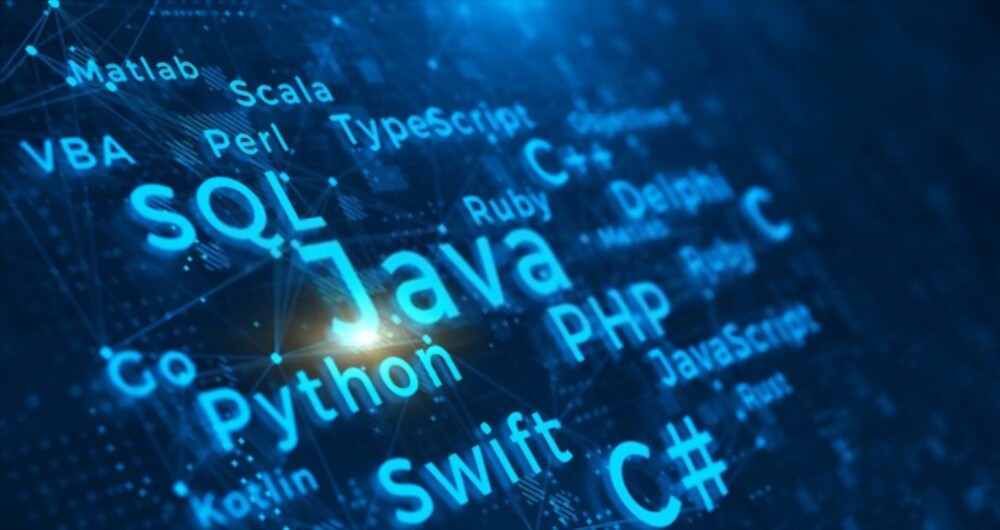Full stack development is a highly in-demand field that requires a combination of front-end and back-end development skills. As a result, competition for full-stack developer jobs can be fierce. To stand out from the crowd and impress potential employers, it’s important to be prepared for common interview questions. How do I prepare for a full stack developer interview questions? If this question comes to your mind, check out these top questions and answers for full-stack developers.
Full Stack Developer Interview Questions:
1. Can you explain the differences between front-end and back-end development?
Front-end development is focused on the client side, or the user interface and experience. This includes technologies such as HTML, CSS, and JavaScript. Back-end development focuses on server-side functionality and the database, using languages such as Python, Ruby, or PHP.
2. What are some common front-end frameworks and why would you use them?
Some popular front-end frameworks include Angular, React, and Vue.js. They provide pre-built components, structure, and patterns to speed up development and help ensure a consistent user experience across a web application.
3. What is your experience with database management?
The answer to this question will vary based on your experience. This question is looking for an understanding of database design and management, as well as SQL. Discuss your experience with database management systems, such as MySQL or MongoDB, and explain how you’ve worked with databases in past projects.
4. How would you optimize a slow-running database query?
Standard optimization techniques include indexing, query caching, and reducing the amount of data returned. You should be able to explain your approach to analyzing and fixing slow database queries.
5. Can you explain how HTTPS works?
HTTPS is a secure communication protocol used to transfer data over the internet. It encrypts data between the client and server using SSL/TLS encryption.
6. Can you explain the differences between responsive and adaptive design?
Responsive design refers to a web design approach where the layout adjusts to the size of the screen it’s being viewed on. Adaptive design uses predetermined breakpoints to create distinct configurations for different screen sizes.
7. What are some common security threats in web development?
Common threats include cross-site scripting (XSS), injection flaws, broken authentication and session management, sensitive data exposure, cross-site request forgery (CSRF), server-side request forgery (SSRF), and insecure deserialization.
8. Can you explain the Model-View-Controller (MVC) design pattern?
MVC is a software design pattern used to separate the application into three parts: the model (data), the view (user interface), and the controller (logic). Each of these components can be edited independently without affecting the other two, making MVC an ideal choice for web development.
Now, as you prepare for these questions, you might also be wondering What are the basic skills required for full-stack developers, and What is the monthly salary of a full-stack developer in India. Having said that, let’s get down to answering these questions.
What are the basic skills required for a full-stack developer?
Basic skills required for a full-stack developer include a strong understanding of web development technologies such as HTML, CSS, and JavaScript for building the front end of websites. Knowledge of server-side programming languages such as Python, Ruby, Java, or PHP and databases like MySQL, MongoDB, and Oracle is also essential. Understanding web application architecture, RESTful APIs, and MVC design patterns are crucial. Additionally, a full-stack developer should have experience with version control systems like Git, proficiency in using development tools like terminal, text editor, and debugger, as well as a good understanding of security and performance optimization. Good problem-solving, communication and collaboration skills are also important in this field.
Are 3 months enough for a full-stack developer?
A 3-month course can be a good starting point, but it is typically just the beginning of a long journey. Full-stack development requires a solid understanding of multiple programming languages, frameworks, and tools, as well as experience in designing, building, and deploying web applications. It is important to remember that becoming a full-stack developer typically requires a significant amount of dedicated time and effort, including ongoing learning and practice.
What is the monthly salary of a full-stack developer in India?
The monthly salary of a full-stack developer in India varies greatly depending on factors such as experience, skills, location, and the size and type of employer. On average, a full-stack developer in India can expect to earn anywhere between ₹4,50,000 to ₹800,000 per year. However, this can vary greatly and top full-stack developers can earn upwards of ₹1,500,000 per year.
Is a full-stack developer a high-paying job?
Yes, a full-stack developer can be a high-paying job. The salary of a full-stack developer can vary depending on factors such as experience, location, and the size and type of employer. In general, full-stack developers are in high demand and can command high salaries due to the broad range of skills they possess and the versatility they offer in the development process.
Conclusion
In conclusion, preparation is key to cracking a full-stack developer job interview. Brush up on the core concepts of front-end and back-end development, database management, security, and design patterns. Be ready to provide concrete examples from past projects to demonstrate your expertise. With a solid understanding of these areas and a confident, knowledgeable demeanor, you’ll be well on your way to landing your dream job as a full-stack developer.
Note: The answers provided here are brief overviews, and a full-stack developer job will likely require a more in-depth understanding of the technologies and concepts mentioned.
Sonali Trehon
Blog Author
Sonali is an accomplished Author, Content Writer, Copywriter, and Ghostwriter, known for her ability to create engaging and captivating communications. With over 11 years of experience, she has developed a diverse industry background in Education, Travel, Retail, Events, and Fashion . Quality over quantity is what she firmly believes in. At UniKakhsa, she leads a team of talented technical writers, dedicated to delivering valuable content to readers through our blogs.



